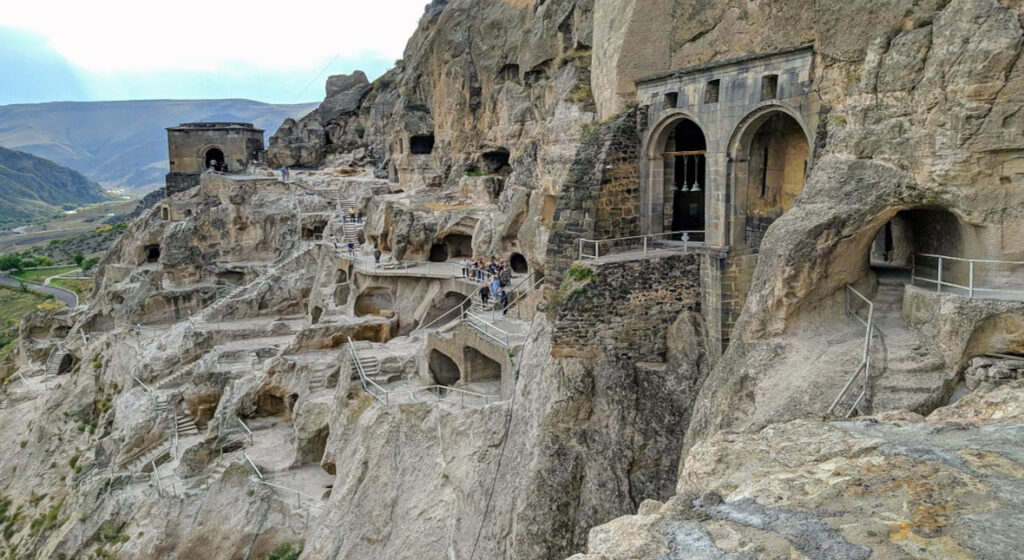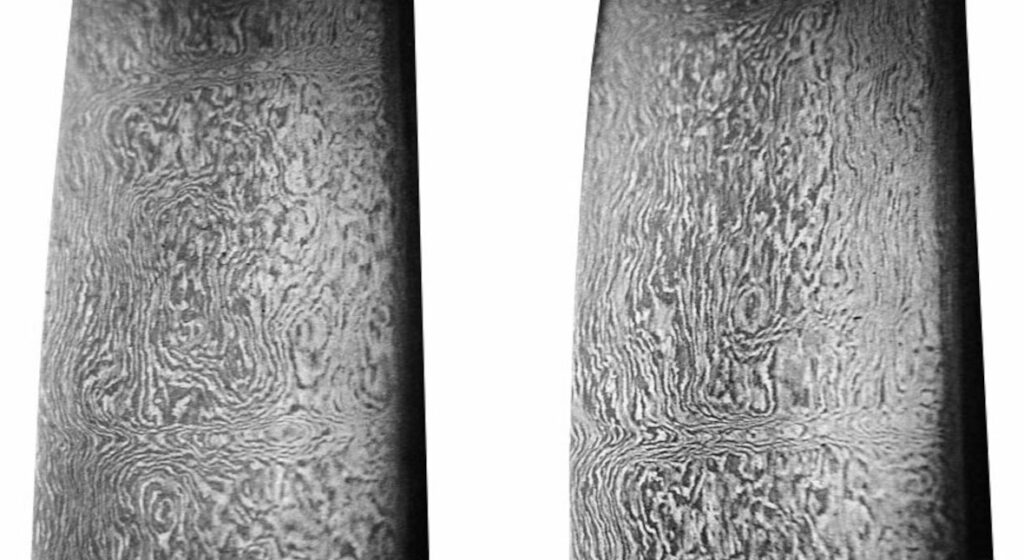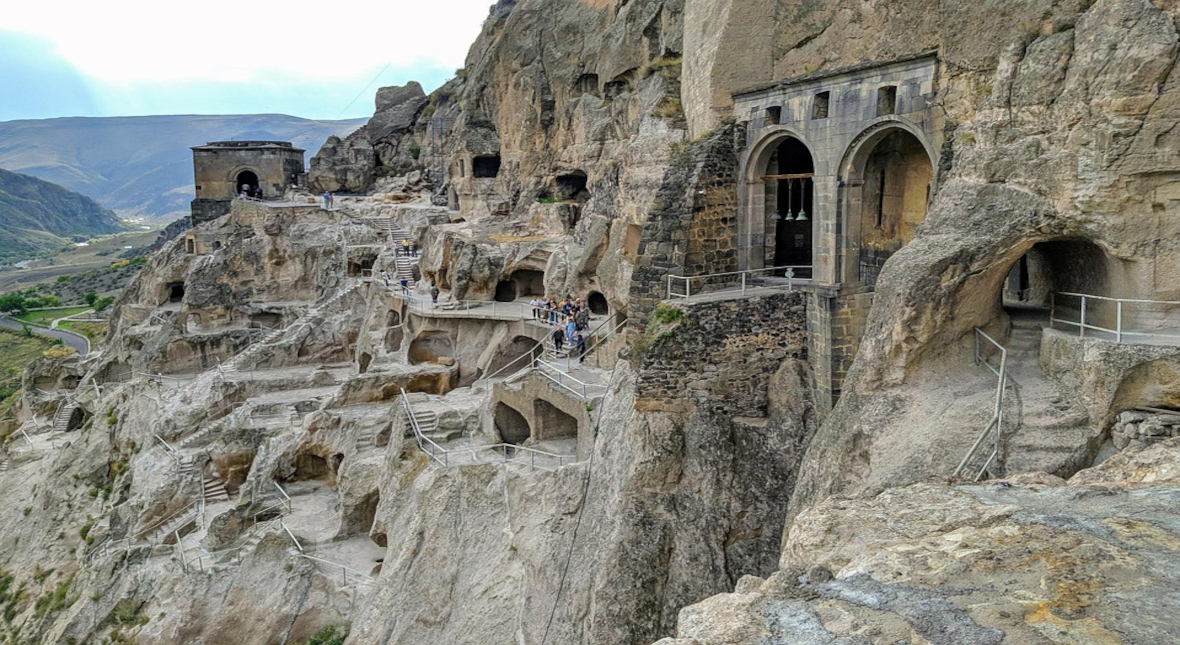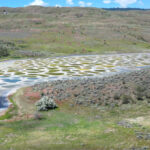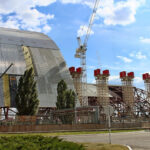Construction techniques and the marvels of ancient engineering at Pumapunku
Amazing and WonderfulHistory4 months ago80 Views

Pumapunku, part of the Tiwanaku archaeological complex in Bolivia, is one of the most mysterious and intriguing ancient sites in the world. Its construction techniques continue to baffle archaeologists, engineers, and historians due to the precision, scale, and sophistication evident in its ruins. Here’s a detailed look at the construction techniques and the marvels of ancient engineering at Pumapunku:
Stone Quarrying and Material Selection
The stones at Pumapunku are primarily made of fine-grained sandstone, andesite, and granite. These materials were chosen for their durability and resilience, essential for creating structures that would withstand the test of time in the harsh Bolivian highlands. The sourcing and transportation of these massive blocks present one of the biggest mysteries of Pumapunku.
-
Quarrying Techniques: The exact methods used to quarry these stones remain speculative. Some researchers suggest that the builders may have used bronze or copper tools to extract the stone from quarries, while others consider the possibility of abrasion or friction-based methods. The precision with which the stones are shaped suggests that they were likely cut with tools capable of handling hard materials like andesite and granite.
-
Stone Transportation: The transportation of these heavy stones across rugged terrain is another mystery. Some theorize that the builders used sledges, rollers, or rafts to move the stones. It is believed that ramps or rope systems could have been employed to lift and position the stones in place, leveraging simple machines such as pulleys or levers. The possibility of a well-organized labor force capable of executing these techniques cannot be ruled out.
Stone Shaping and Precision Cutting
The most striking feature of Pumapunku’s construction is the incredible precision with which the stones were shaped. Many of the blocks are cut with right angles, smooth edges, and perfect trapezoidal shapes that fit tightly together without the need for mortar. The joints between the stones are so tight that even a thin knife blade cannot be inserted.
-
Geometry and Precision: The trapezoidal shapes of many stones are a key characteristic of Pumapunku’s construction. These shapes were likely designed to bear weight more effectively, as the blocks fit together seamlessly without shifting. The precision of the cuts, especially the angles, is so perfect that it’s challenging to comprehend how the builders managed to achieve such accuracy with limited tools.
-
Tooling Methods: Given the fine details of the stonework, the builders likely used tools capable of creating such precise cuts. Some believe that they may have employed bronze or copper tools, as these were commonly used in ancient civilizations for stone working. However, given the hardness of the materials used, it’s also plausible that the builders used abrasives—such as sand or other hard materials—in combination with simple tools to grind down and smooth the stones.
-
Possibility of Advanced Tools: There are theories, albeit controversial, that suggest the builders used unknown or advanced technologies, such as high-frequency vibrations, to achieve the precision required to cut the stones so finely. Others speculate about the use of heat or chemical processes that could have softened or altered the stones, making them easier to shape.
Masonry Techniques and Tight Joints
The manner in which the stones at Pumapunku fit together is a hallmark of advanced masonry. The joints are so tight that modern tools cannot insert anything between the stones. There is no visible mortar, which suggests that the stones were fitted with extreme precision.
-
Mortarless Construction: Mortarless masonry, or dry-stone construction, requires a high level of skill to ensure that the stones fit together so perfectly. This technique was common in many ancient cultures, but the level of precision seen at Pumapunku goes beyond what is typically seen in other dry-stone structures.
-
Interlocking Stones: Many of the stones at Pumapunku have interlocking features, including tabs, grooves, and channels that fit together like pieces of a puzzle. This suggests that the builders had an in-depth understanding of how to create stable structures without relying on mortar. The interlocking method is likely intended to help distribute the weight of the stones evenly across the structure.
-
Stone ‘Melting’ Hypothesis: Some alternative theories suggest that the builders may have had access to a technique that involved softening or “melting” the stone to make it easier to shape and fit together. While there is no concrete evidence to support this idea, the tightness and precision of the stonework leave room for such hypotheses to persist.
Advanced Engineering and Structural Integrity
Pumapunku’s stonework shows signs of advanced engineering. The stones are not only shaped precisely but are also arranged in ways that reflect a sophisticated understanding of structural integrity and weight distribution.
-
Weight Distribution and Stability: The precise fit of the stones suggests that the builders understood the importance of distributing weight evenly. The trapezoidal shapes of many of the stones could have been designed to ensure that the blocks did not shift over time. This is crucial for the longevity of the structures, especially in a seismic zone where earthquakes could easily topple improperly designed buildings.
-
Structural Design: Many of the blocks at Pumapunku are massive, weighing several tons. The placement of these blocks is not random but appears to be deliberate and carefully planned. The builders would have had to take into account the weight of each block and its place within the overall structure. This suggests a highly organized construction process, possibly involving engineers or architects.
The Use of Astronomical Knowledge
The alignment of the structures at Pumapunku suggests that the site may have had astronomical significance. Many researchers believe that the site’s layout aligns with celestial events, such as solstices and equinoxes. This indicates that the builders were not only skilled in engineering but also had a deep understanding of astronomy.
-
Celestial Alignments: Some of the structures at Pumapunku appear to be aligned with solar and lunar events. This suggests that the site may have served as an astronomical observatory, allowing the builders to track important celestial events and incorporate this knowledge into their construction techniques.
-
Symbolism and Ceremonial Significance: The precise alignment with celestial bodies may have also had religious or ceremonial significance. Many ancient cultures used architecture to reflect their understanding of the cosmos, and Pumapunku could have served as a space to honor astronomical deities or to mark important times of the year.
Unsolved Mysteries and Theories of Lost Technologies
The advanced nature of Pumapunku’s construction has led to speculation about lost technologies or unknown methods used by the builders. Some alternative theories propose that the builders had access to advanced tools or even extraterrestrial help. While these ideas are not widely accepted by mainstream archaeology, they continue to fuel the mystery of Pumapunku.
-
Lost Knowledge: Some suggest that the technology or knowledge used to construct Pumapunku may have been lost over time, possibly due to the collapse of the Tiwanaku civilization. This loss of knowledge could explain why later cultures did not replicate the same level of precision seen at Pumapunku.
-
Extraterrestrial Theories: There are fringe theories that suggest extraterrestrial beings may have influenced the construction of Pumapunku due to the apparent precision and scale of the site. While this idea is not supported by scientific evidence, it has gained attention from those who believe in ancient astronaut theories.
Related Posts
Stay Informed With the Latest & Most Important News
Previous Post
Next Post
Previous Post
Next Post
Landscape9 months ago
Uluru: A Geological and Cultural Marvel
Technology10 months ago
The New Safe Confinement
- 01
Landscape9 months ago
Uluru: A Geological and Cultural Marvel
- 03
Technology10 months ago
The New Safe Confinement











